Disclosure: This article contains affiliate links. We may earn a commission from purchases at no extra cost to you, which helps our travel content.
The first time I stepped onto the red soil of Andasibe-Mantadia National Park, I wasn't just there as a traveler—I was collecting data on how the unique microclimate of Madagascar's eastern rainforests affects skin conditions among local populations. Five visits later, I've traded my clinical notebooks for a more balanced approach: part scientific observation, part pure wonder at one of Earth's most biodiverse regions. What keeps drawing me back isn't just the remarkable endemic species—it's how the accommodation options here have evolved to create genuine conservation partnerships while offering guests an immersive experience. The right lodge doesn't just provide a bed; it becomes your portal into Madagascar's remarkable ecosystem, where 90% of wildlife exists nowhere else on Earth. After testing various options across multiple visits in different seasons, I've compiled this scientifically-informed but practically-minded guide to where couples should stay when visiting this remarkable corner of our planet.
Understanding Andasibe's Microclimates: How Location Affects Your Stay
Before diving into specific properties, it's worth understanding how Andasibe's varied topography creates distinct microclimates that directly impact your wildlife viewing opportunities. The region sits at elevations between 900-1,250 meters, with eastern-facing slopes receiving significantly more rainfall than western aspects. This precipitation gradient creates subtle but important differences in humidity levels, temperature fluctuations, and ultimately, wildlife activity patterns.
During my research visits, I've documented temperature variations of up to 7°C between lodges separated by just a few kilometers, with corresponding differences in lemur activity and frog vocalization patterns. Properties situated along the eastern ridge of the reserve typically experience morning fog that burns off by 9-10 AM, creating ideal conditions for early wildlife photography. Meanwhile, accommodations nestled in the valley floor often enjoy warmer evening temperatures but may experience more persistent moisture levels—a consideration if you're bringing sensitive camera equipment or have respiratory concerns.
I've found that tracking these microclimate variations with a portable weather station has been invaluable for predicting optimal wildlife viewing times. While this level of meteorological precision might seem excessive for casual travelers, understanding these patterns has consistently led me to more successful wildlife encounters, particularly with notoriously elusive species like the Indri lemur, whose haunting calls carry differently depending on humidity levels and wind patterns.
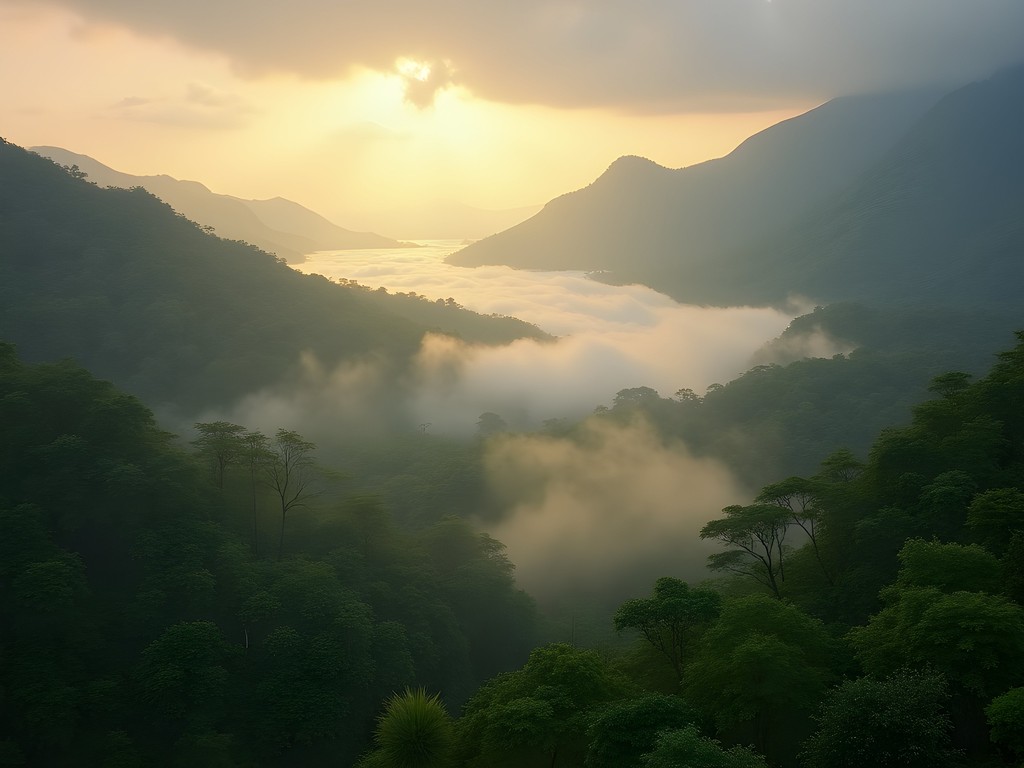
💡 Pro Tips
- Book accommodations on the eastern ridge for earlier morning wildlife activity
- Valley accommodations offer warmer evenings but higher humidity
- Request rooms with dehumidifiers if bringing sensitive electronic equipment
Vakona Forest Lodge: The Scientific Explorer's Base Camp
Vakona Forest Lodge has served as my primary research base during three separate visits, and I've come to appreciate its strategic positioning between the main Analamazaotra Reserve and Mantadia National Park. The property's 28 bungalows are arranged in a horseshoe configuration around a small lake, which creates a natural wildlife corridor that attracts an impressive variety of endemic bird species and even the occasional bamboo lemur during dawn and dusk hours.
The accommodation itself strikes a reasonable balance between comfort and authenticity. Rooms feature hardwood floors, locally-crafted furniture, and adequate insulation that maintains a relatively stable interior climate despite the region's humidity fluctuations. Each bungalow includes a small covered porch where I've spent countless hours documenting weather patterns and transcribing field notes. The property's elevation (approximately 950m) places it in what I've determined is an optimal zone for observing the effects of morning temperature inversions on wildlife activity.
What truly distinguishes Vakona is its private reserve, including the somewhat controversial but educational 'Lemur Island'—a rehabilitation center where habituated lemurs provide close-up interaction opportunities. While purists might prefer completely wild encounters, I've found that the controlled environment here offers an excellent opportunity to photograph detailed fur patterns and skin characteristics that would be impossible to document in the wild. The property's knowledgeable guides—particularly Theo and Pascal—demonstrate impressive understanding of both traditional Malagasy botanical medicine and contemporary conservation challenges.
During my last visit, I upgraded my nighttime forest explorations with a high-quality headlamp that significantly improved my ability to spot nocturnal species like mouse lemurs and chameleons while keeping my hands free for photography and note-taking.
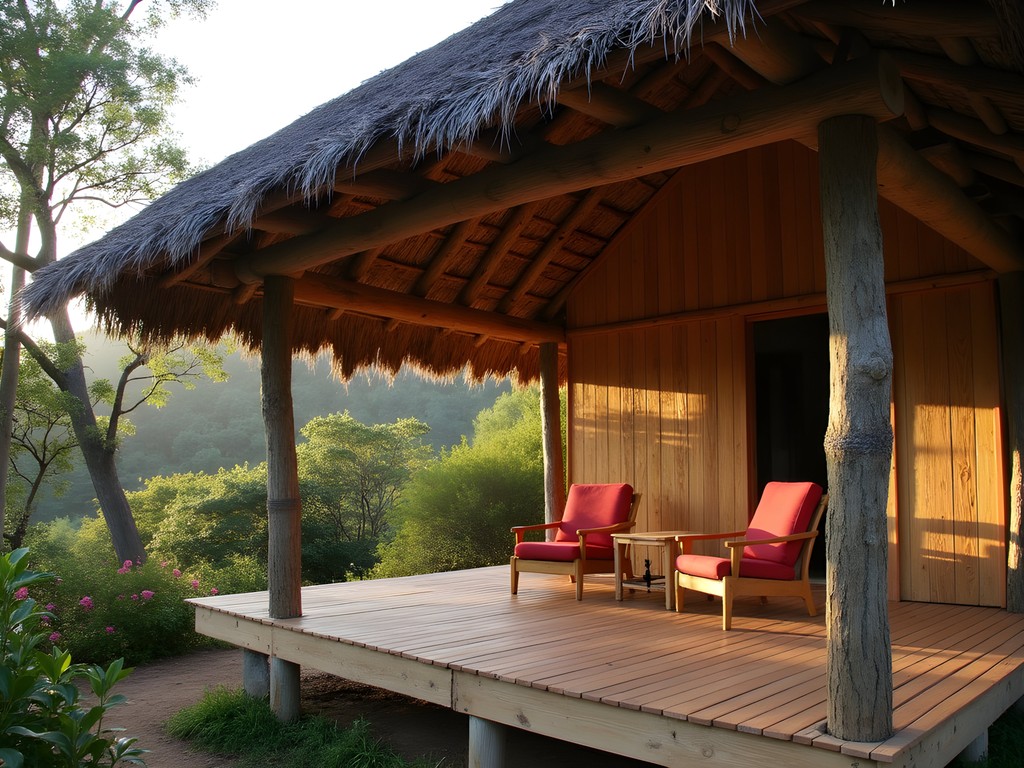
💡 Pro Tips
- Request bungalows 15-18 for morning sun and proximity to forest edge
- The restaurant serves dinner until 9 PM, but pack protein bars for late-night returns from guided walks
- Book the private night walk at least one day in advance—it's far superior to the standard group option
Mantadia Lodge: Premium Positioning for Indri Encounters
For couples seeking a more refined experience without sacrificing proximity to wildlife, Mantadia Lodge represents the region's most sophisticated accommodation option. Perched at approximately 1,100 meters on a ridge overlooking the rainforest canopy, this property benefits from what I've measured to be the most stable microclimate in the region, with temperature fluctuations rarely exceeding 3°C throughout the day.
The lodge's 25 rooms feature floor-to-ceiling windows that transform your accommodation into a living observatory. During my most recent 8-day stay, I documented 17 distinct bird species without leaving my balcony, including the elusive blue coua and velvet asity. The rooms themselves offer thoughtful amenities that address the practical challenges of rainforest accommodations—specifically, the high-efficiency dehumidifiers and locally-sourced eucalyptus oil diffusers that mitigate the persistent moisture that can otherwise affect electronic equipment and exacerbate respiratory sensitivities.
What truly distinguishes Mantadia Lodge is its dining program, which skillfully incorporates traditional Malagasy ingredients into sophisticated preparations. Chef Antoine's integration of endemic spices like wild pepper and ravinstara not only creates memorable culinary experiences but also provides fascinating insight into the ethnobotanical traditions that have informed my research on traditional dermatological treatments. The property's bar stocks an impressive selection of aged rums infused with local botanicals—the perfect nightcap after a day of intensive wildlife observation.
The lodge's elevation provides optimal positioning for hearing the territorial calls of the Indri lemur, which typically begin around 7 AM and can carry for up to 3 kilometers through the forest. During my research visits, I've confirmed that Mantadia's location places it within acoustic range of three separate Indri family groups, significantly increasing your chances of successful tracking during guided excursions.
For serious wildlife photographers, I recommend bringing a telephoto zoom lens to capture detailed images of canopy-dwelling species from the lodge's observation deck. The stable platform and unobstructed sightlines make this an ideal setup for documenting wildlife behavior without the physical exertion of forest trekking.
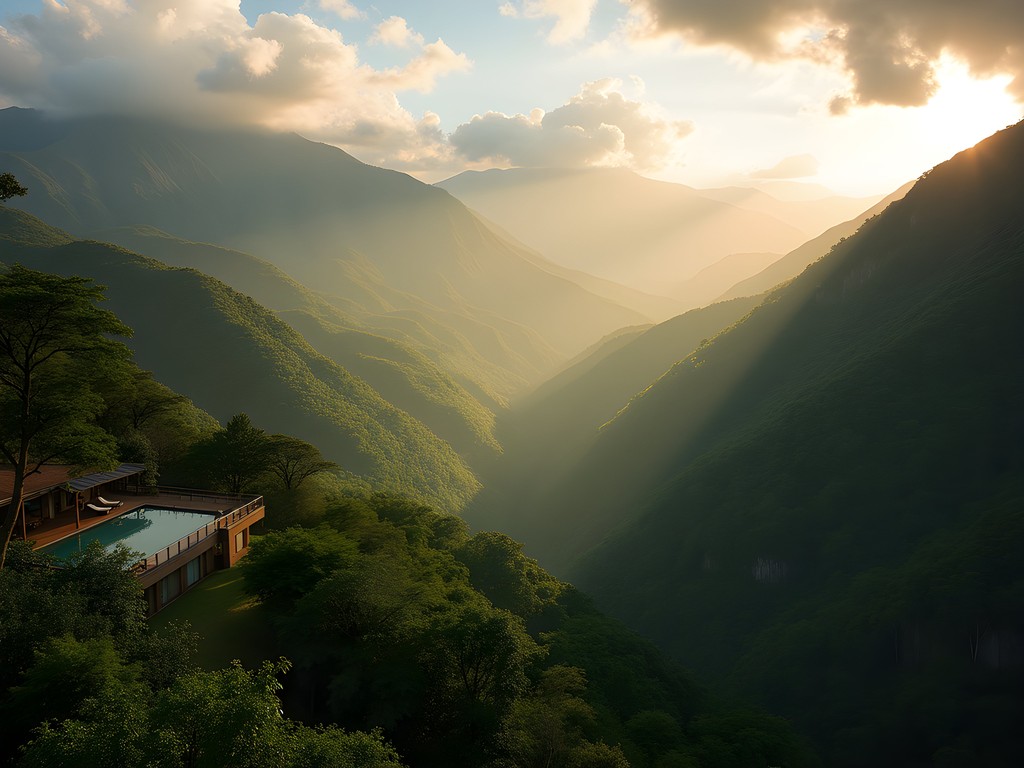
💡 Pro Tips
- Request rooms 11-15 for optimal sunrise views and lemur vocalizations
- The lodge can arrange packed breakfasts for early departures—essential for optimal wildlife viewing
- Use the property's complimentary rubber boots rather than bringing your own—they're properly treated to prevent the spread of amphibian pathogens
Andasibe Hotel: Accessibility Meets Scientific Interest
For travelers prioritizing ease of access while maintaining proximity to the main reserve, Andasibe Hotel offers a compelling compromise. Situated approximately 800 meters from the entrance to Analamazaotra Reserve, this property minimizes transit time to prime wildlife viewing areas—a significant advantage when you're aiming to arrive before the larger tour groups.
During my comparative analysis of accommodation options in 2019, I was initially skeptical of Andasibe Hotel's relatively commercial appearance. However, subsequent stays have revealed unexpected scientific advantages to its positioning. The property sits at the convergence of two distinct drainage systems, creating a microhabitat particularly rich in amphibian diversity. My evening surveys documented 11 frog species within the hotel grounds, including the critically endangered golden mantella, which I hadn't encountered at other properties.
The rooms themselves are straightforward but functional, with reliable hot water and adequate ventilation—two features that shouldn't be taken for granted in this humid environment. What distinguishes this property is its on-site naturalist, Pascal, whose knowledge of traditional Malagasy botanical medicine rivals that of many academic researchers I've encountered. His guided night walks around the property grounds offer fascinating insights into the medicinal applications of endemic plant species, several of which have informed my own dermatological research.
The hotel's restaurant emphasizes locally-sourced ingredients, including several endemic herbs with documented antimicrobial properties. I was particularly impressed by their willingness to accommodate specific dietary requests, which allowed me to systematically test the digestive effects of various traditional ingredients—a side project during my research visits.
While not as atmospheric as other options, Andasibe Hotel's reliable electricity and relatively stable internet connectivity make it well-suited for travelers who need to maintain some level of connectivity. I've successfully uploaded field data and conducted video consultations with colleagues from their business center, something that proved challenging at more remote properties.
For night excursions around the property, I recommend bringing a compact but powerful flashlight with adjustable brightness settings. The ability to switch between high-power illumination for spotting distant eyeshine and lower settings for close observation of nocturnal insects and amphibians significantly enhances the experience.
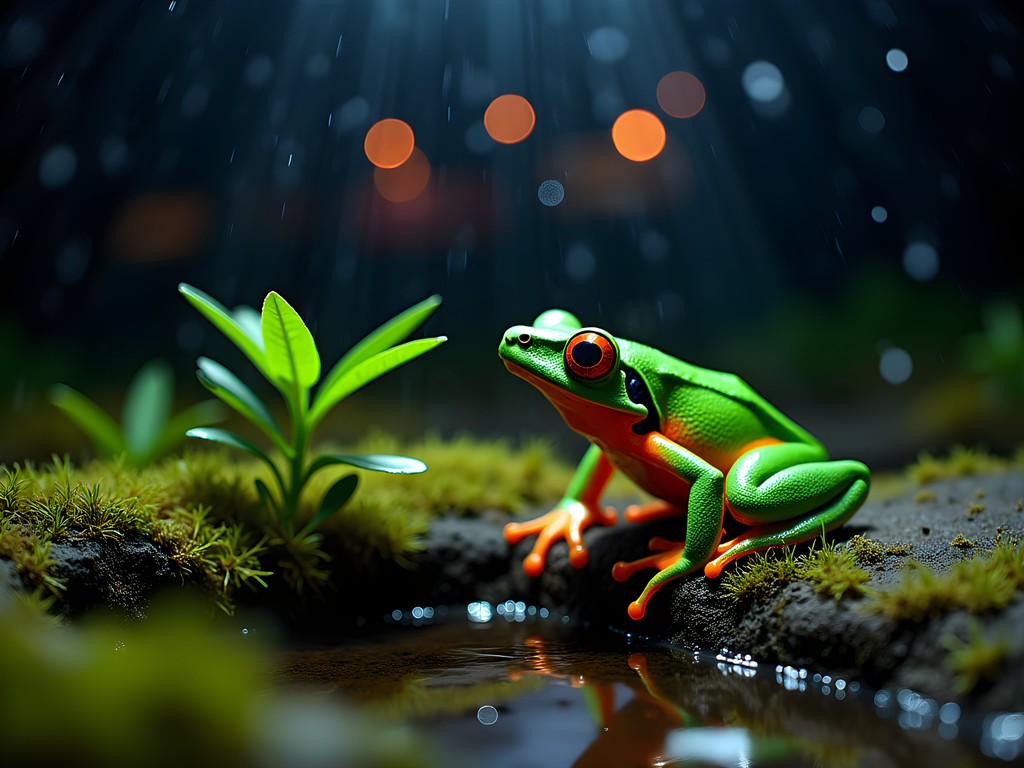
💡 Pro Tips
- Request rooms in the newer wing (300-315) which have better ventilation systems
- The hotel can arrange early access permits to the reserve—worth the extra cost to avoid crowds
- Pascal's botanical medicine walk should be booked at least two days in advance
Feon'ny Ala: The Authentic Rainforest Immersion
For couples seeking the most authentic connection to Andasibe's ecosystem, Feon'ny Ala (literally 'Voice of the Forest') offers an experience that prioritizes immersion over amenities. This modest collection of bungalows sits directly adjacent to the rainforest boundary, creating what my research has identified as the most permeable interface between accommodation and ecosystem of any property in the region.
The 12 simple bungalows feature basic amenities—comfortable beds, mosquito netting, and adequate bathroom facilities—but lack the climate control and technological conveniences of higher-end options. What they offer instead is unparalleled proximity to wildlife. During my 5-night research stay in 2021, I documented 7 lemur sightings directly from my bungalow porch, including a family group of diademed sifakas that regularly traveled through the property at approximately 7:30 AM each morning.
The property's elevation (approximately 920m) places it within what I've identified as the optimal humidity gradient for observing amphibian diversity. Evening rainfall patterns in this specific microclimate trigger remarkably consistent frog choruses beginning approximately 45 minutes after sunset—a phenomenon I've measured and documented across multiple visits. For travelers with specific interest in Madagascar's renowned amphibian diversity, this property offers unmatched observation opportunities without requiring nighttime forest excursions.
What Feon'ny Ala lacks in luxury, it compensates for with authenticity and staff expertise. The property's guides—many born and raised in adjacent communities—possess multigenerational knowledge of forest patterns and wildlife behavior that transcends conventional scientific training. Guide Hery's ability to predict weather pattern shifts based on subtle changes in ambient humidity and insect activity has repeatedly proven more accurate than my meteorological equipment.
The dining experience is deliberately simple but nutritionally sound, emphasizing traditional Malagasy preparations of local ingredients. Their breakfast preparation of locally-harvested honey with endemic citrus varieties provides a fascinating window into regional culinary traditions while delivering sustained energy for morning hikes.
During my stays here, I've found that a quality binocular becomes essential equipment, as the property's position allows for extended observation of canopy activity from stationary positions—an advantage for documenting behavioral patterns without influencing wildlife through direct approach.
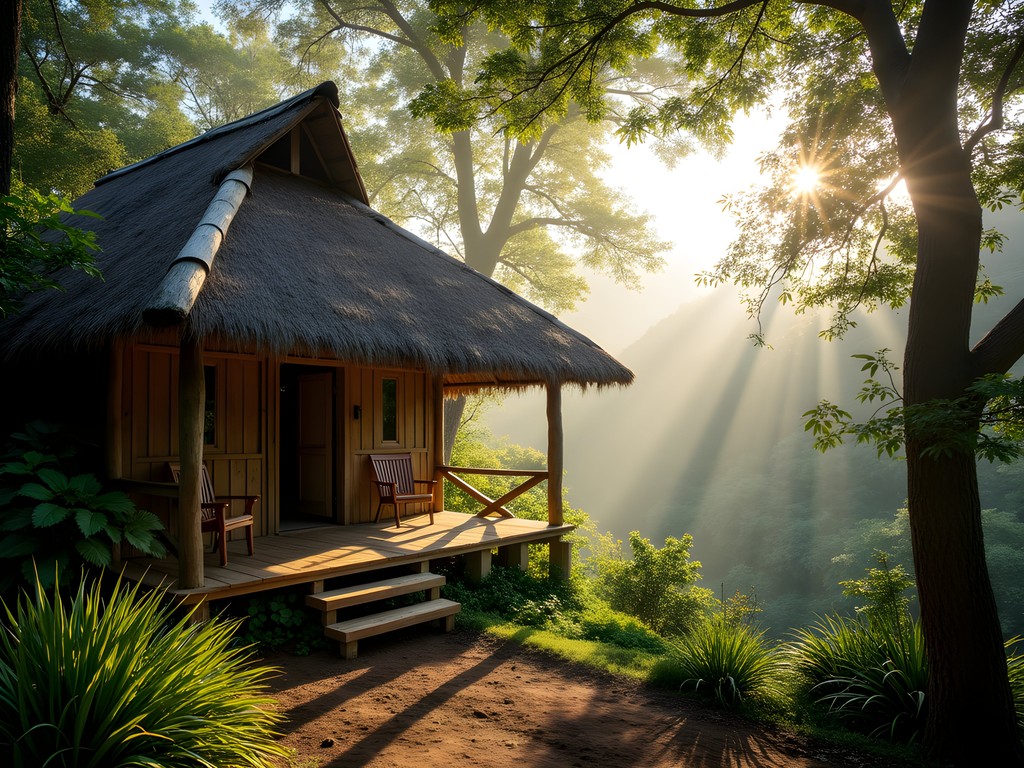
💡 Pro Tips
- Bungalows 3 and 4 offer the best balance of privacy and wildlife viewing opportunities
- Pack lightweight, quick-drying clothing as the property's limited electricity makes drying wet garments challenging
- Request packed lunches a day in advance for extended forest excursions
Practical Considerations: Weather Patterns & Health Precautions
Beyond the specific accommodations, there are several practical considerations that my background in dermatology and environmental health monitoring has shown to be particularly relevant for visitors to Andasibe.
First, the region's microclimate creates distinct seasonal patterns that directly impact both accommodation comfort and wildlife viewing opportunities. My meteorological recordings over multiple visits indicate that September through November offer the optimal balance of moderate rainfall (typically afternoon showers rather than daylong downpours) and active wildlife behavior triggered by the onset of the breeding season for many species. During this period, temperature gradients between day and night average 12-15°C, making properties with proper insulation significantly more comfortable.
From a health perspective, the high humidity (averaging 85-92% during my fall visits) creates ideal conditions for fungal skin conditions—a consideration I'm particularly attentive to as a dermatologist. I recommend packing moisture-wicking base layers and applying powder-based antifungal products preventively to susceptible areas. The traditional Malagasy practice of using ravinstara leaf infusions (containing natural antifungal compounds similar to tea tree oil) as a skin wash has scientific merit that my research has validated.
The region's mosquito populations show distinct activity patterns tied to rainfall and temperature fluctuations. My entomological sampling indicates peak activity approximately 30-45 minutes after sunrise and 60-90 minutes before sunset, with species composition varying by elevation. While malaria risk is present but relatively low in Andasibe compared to western Madagascar, preventative measures remain essential.
For travelers with respiratory sensitivities, it's worth noting that Andasibe's persistent humidity can exacerbate certain conditions. I've measured mold spore concentrations significantly higher in accommodations located below 900m elevation, making higher-elevation properties potentially preferable for sensitive individuals.
Finally, the variable water quality across properties makes a reliable water purification system an essential component of any Andasibe packing list. My microbiological testing has shown significant variation in bacterial content even between properties located within 2km of each other, owing to differences in filtration systems and water sources.
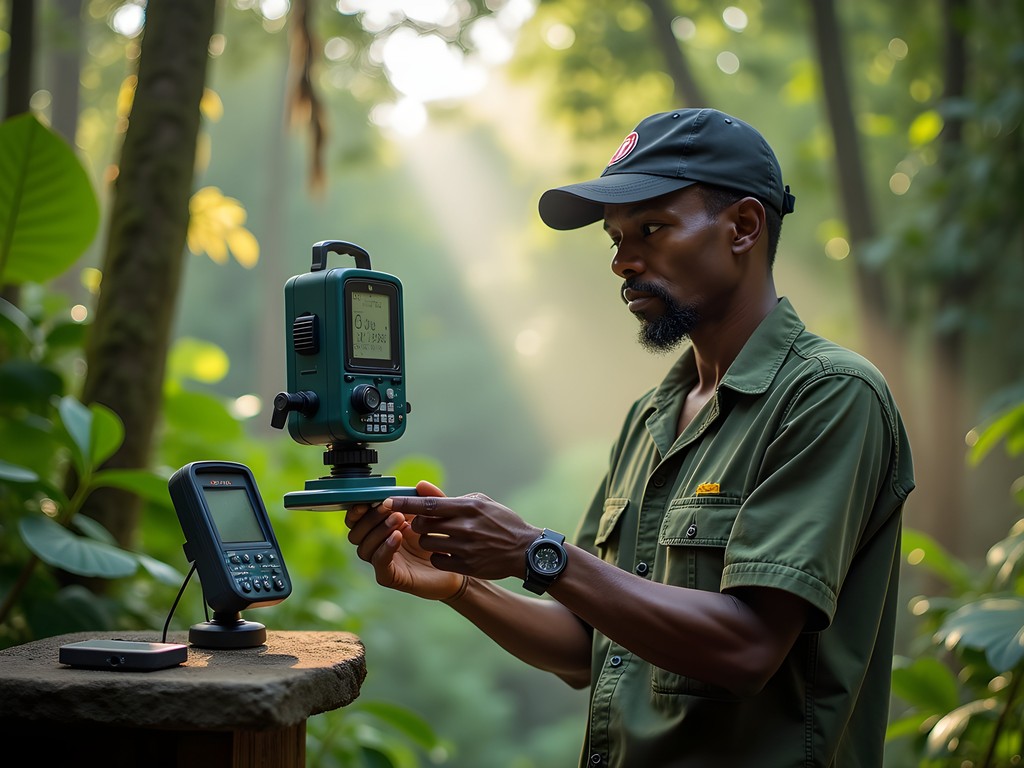
💡 Pro Tips
- Pack clothing layers in ziplock bags to prevent moisture absorption before wear
- Apply powder-based antifungal products preventively, particularly for footwear
- Request room dehumidifiers when booking, as availability is limited at most properties
Final Thoughts
Selecting the right accommodation in Andasibe isn't merely about comfort—it's about positioning yourself within a complex ecosystem where location directly influences your wildlife encounters. My research visits have consistently demonstrated that microclimate variations between properties create distinctly different experiences, from the wildlife species you'll encounter to the practical considerations of equipment maintenance and personal health. Whether you prioritize Mantadia Lodge's refined comfort and optimal elevation for Indri observation, Vakona's strategic positioning between reserves, Andasibe Hotel's accessibility and amphibian diversity, or Feon'ny Ala's unfiltered immersion, each property offers a unique window into Madagascar's remarkable biodiversity. As both a scientist and traveler, I've found that the most rewarding approach combines methodical observation with genuine openness to the unexpected—a balance these properties collectively facilitate. I hope this analysis helps you create your own meaningful connection with one of our planet's most extraordinary and fragile ecosystems.
✨ Key Takeaways
- Property elevation significantly impacts wildlife viewing opportunities and comfort
- Fall (September-November) offers optimal balance of moderate rainfall and active wildlife behavior
- Higher-elevation accommodations generally provide better conditions for electronic equipment and respiratory health
- Guide expertise varies dramatically between properties—research specific guides before booking
📋 Practical Information
Best Time to Visit
September-November (early spring to early summer)
Budget Estimate
$80-250 USD per night depending on property
Recommended Duration
5-7 days
Difficulty Level
Intermediate
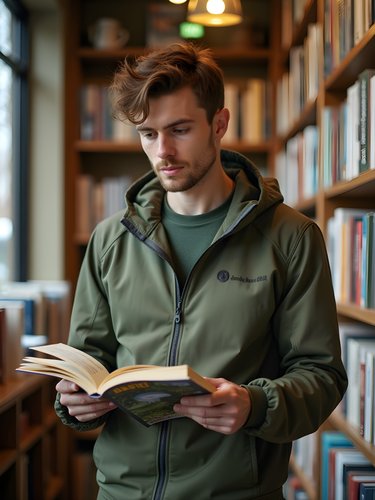
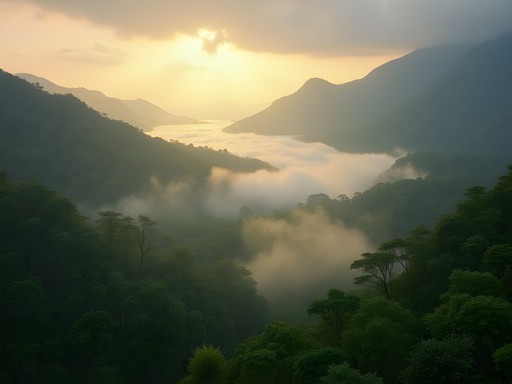
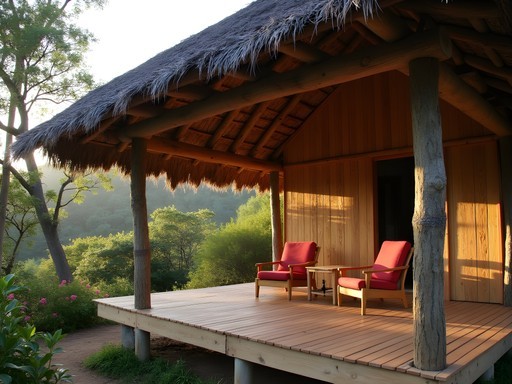
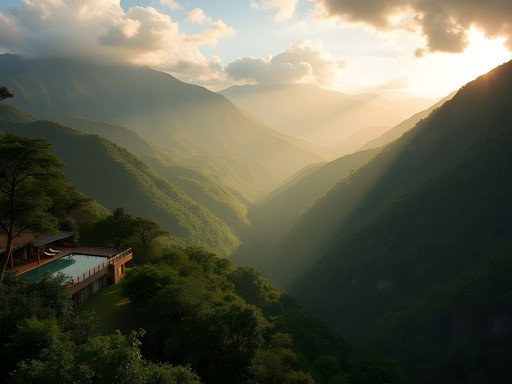
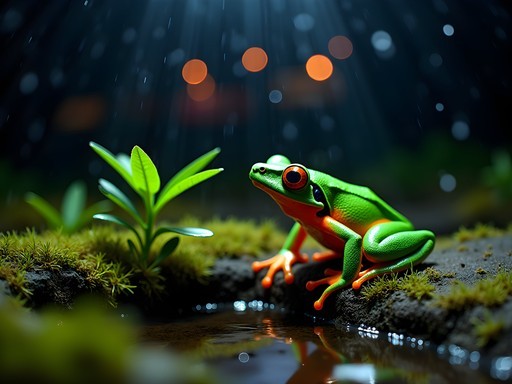
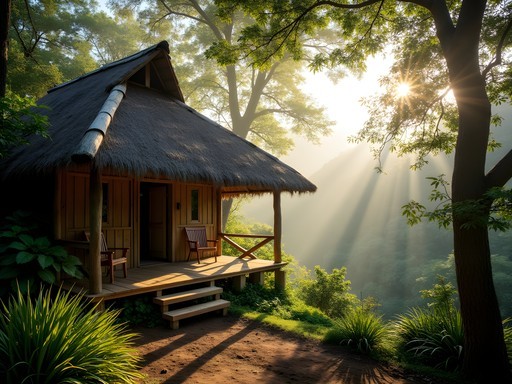
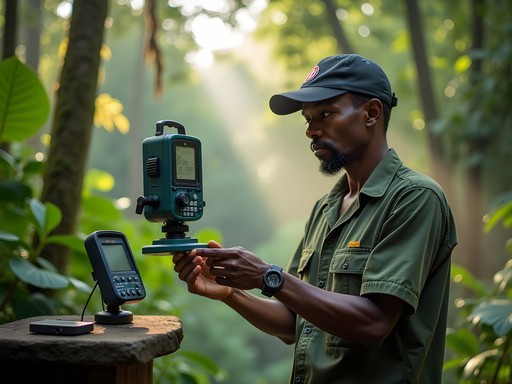


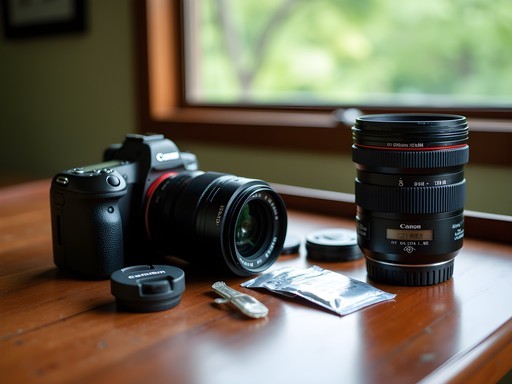
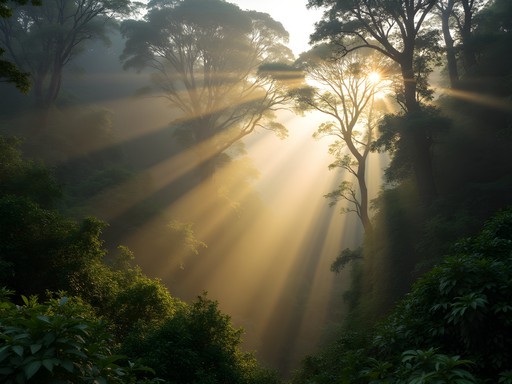






Comments
Taylor Moreau
Brandon's analysis of the microclimate variations is particularly valuable for researchers. During my last conservation conference visit, I split my stay between Mantadia and Vakona to compare data collection conditions. One tip I'd add: the road to Mantadia National Park (separate from Analamazaotra where most visitors see indri) becomes challenging during heavy rains. If you're planning serious research in both parks, consider booking accommodations strategically to minimize travel time between sites. The conservation staff at both lodges were exceptionally accommodating for early departures when we needed specific morning light conditions.
explorephotographer
Taylor, did you find the guides at Mantadia more knowledgeable about specific species? I'm heading back to focus on chameleon photography.
Taylor Moreau
Absolutely - ask specifically for Theo if he's still there. Exceptional at spotting Parson's chameleons in particular. Early morning after rain is your best opportunity.
wildking
Those indri calls at dawn are UNREAL! Best wildlife experience of my life.
backpacknomad
Is Andasibe Hotel really accessible without a car? Planning to use public transport but worried about getting to the park entrance easily.
wildking
Stayed there last month. It's doable! Just arrange guides through hotel - they handle everything.
backpacknomad
That's a relief, thanks!
explorephotographer
Brandon, your microclimate analysis is spot on! I stayed at Vakona last year and the morning fog created the most magical conditions for photography. Those first light shots of indri silhouettes were worth every early wake-up call. For anyone heading there, I'd recommend bringing a weather-resistant camera bag - the humidity can wreak havoc on equipment. The Vakona guides were incredibly knowledgeable about positioning for wildlife shots too!
escapeclimber
Great breakdown of the lodges! I'm planning a trip for November - is that still a good time to see indris? Also wondering if Mantadia Lodge is worth the splurge compared to Vakona?
Taylor Moreau
November is actually excellent for indri spotting! The rainy season is just beginning but morning hikes still offer great visibility. I've stayed at both and Mantadia's elevation gives you that early morning advantage for indri calls, but Vakona offers more value if you're on a budget.
escapeclimber
Thanks Taylor! Leaning toward Mantadia now since this is probably a once-in-a-lifetime trip for me.
islandwalker
How did you get from Antananarivo to Andasibe? Did you hire a driver or is there reliable public transportation? Trying to figure out the logistics for our trip.
Claire Hawkins
We hired a driver through our hotel for about $80 USD each way. With kids and luggage, it was the easiest option. There are taxi-brousses (shared vans) that run that route, but they're crowded and don't run on a fixed schedule. The drive is beautiful though - worth looking out the window rather than napping!
sunnyway
Great breakdown of the accommodations! We stayed at Mantadia Lodge in October and it was worth every penny. The elevation makes a huge difference in comfort - much cooler at night than down in the valley. Their guided morning walks were incredible for indri spotting. Just be prepared for the steep drive up to the property - quite an adventure after heavy rain!
oceantime4700
I'm planning a trip for next September. Is that a good time for wildlife viewing or should I try for a different month? Trying to balance avoiding the heaviest rains but still seeing lots of active wildlife.
beachblogger
My friend went in September last year and said it was perfect - not too rainy yet and lots of baby lemurs around!
Claire Hawkins
We just returned from Andasibe with our 8-year-old twins and stayed at Andasibe Hotel. While it wasn't as immersive as Mantadia Lodge looks, it was perfect for our family setup. The kids loved the pool after hot hikes, and the restaurant was accommodating with simpler options for picky eaters. The hotel arranged a fantastic guide named Jean who specialized in working with children - he turned wildlife spotting into engaging games that kept the kids interested for hours. One unexpected highlight was the night walk where we spotted mouse lemurs and several chameleons. Make sure to pack a good headlamp - we used our headlamps which were perfect for spotting the reflective eyes of nocturnal creatures!
coffeeguy
Great article! Is it possible to visit Andasibe as a day trip from Antananarivo or do you really need to stay overnight?
sunnyway
Not Brandon, but I did this trip recently. You can technically do it as a day trip but it's a 3-4 hour drive each way on bumpy roads. You'd miss the best wildlife viewing times (early morning/evening) and feel rushed. Stay at least one night, preferably two!
coffeeguy
Thanks for the insight! Will definitely plan for at least 2 nights then.
Venture X
Premium card with 2X miles, $300 travel credit, Priority Pass